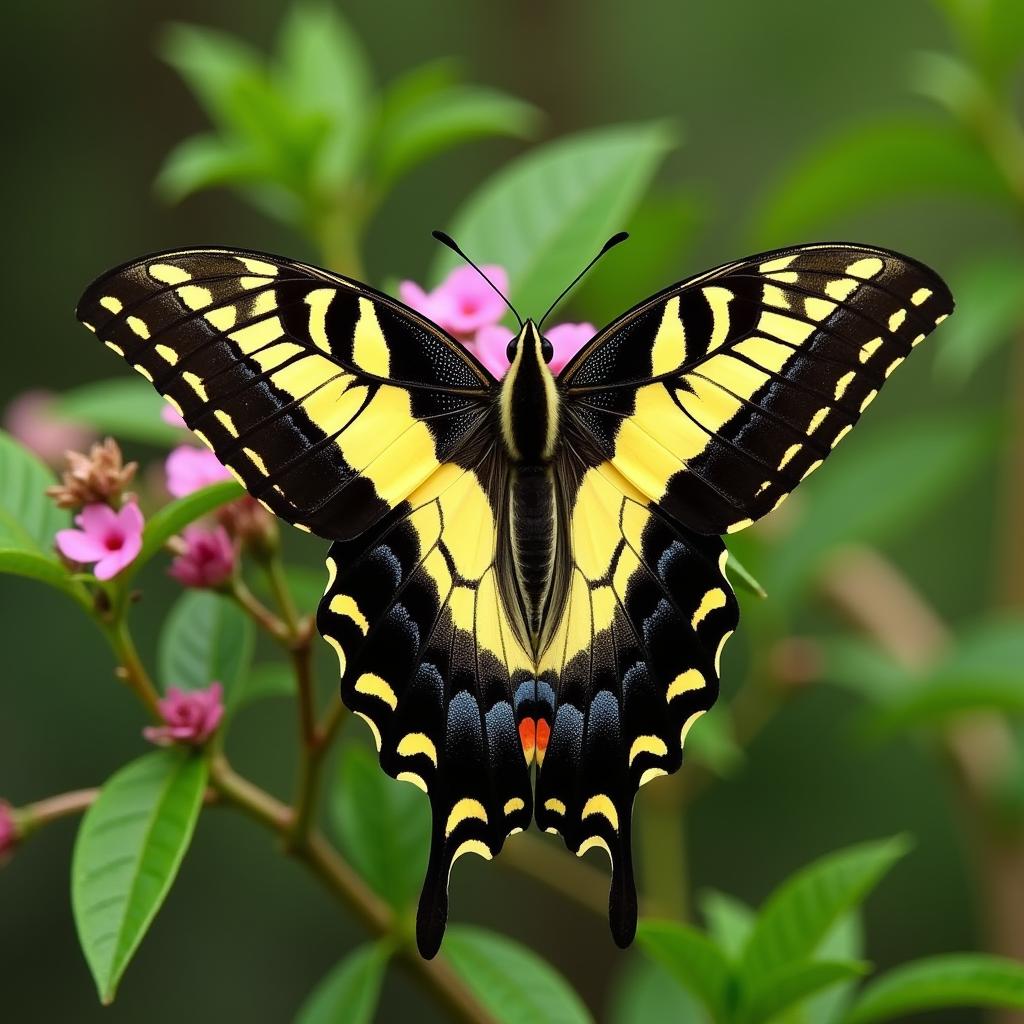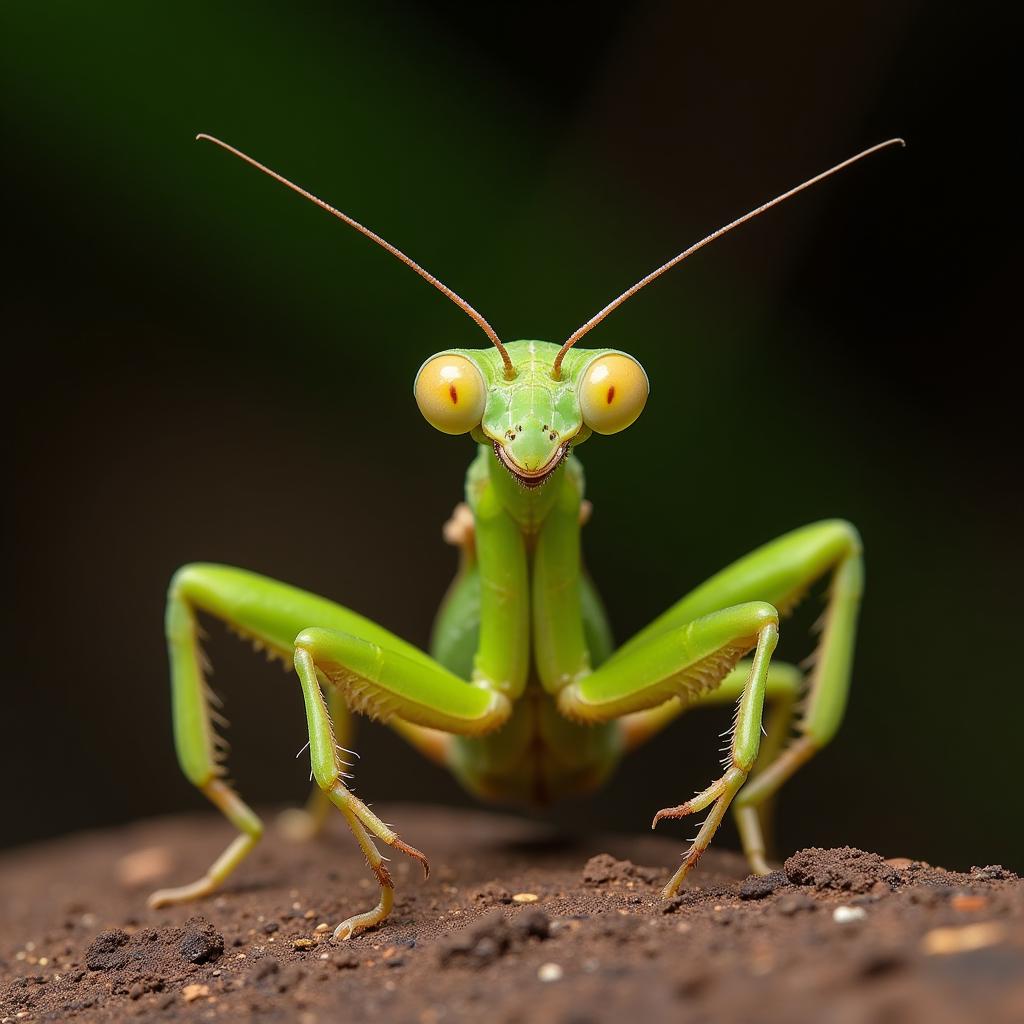African Insects Photos: A Glimpse into a Vibrant World
Africa is renowned for its diverse wildlife, from the iconic “Big Five” to the smallest creatures that make up its intricate ecosystems. Among them, insects play a crucial role, showcasing a captivating variety of colors, shapes, and adaptations. This article will explore the fascinating world of African insects through captivating photos, revealing their beauty, importance, and the diverse roles they play in the continent’s rich tapestry of life.
African Insects: A World of Wonder
African insects are a sight to behold, boasting an incredible array of colors, patterns, and sizes. From the shimmering wings of the African swallowtail butterfly  to the intricate markings of the praying mantis , these creatures are a testament to the beauty and complexity of nature.
Why Are African Insects Important?
African insects are not merely a spectacle; they are essential components of the continent’s ecological balance. Their role in pollination, decomposition, and the food chain cannot be overstated.
- Pollination: Insects like bees, butterflies, and moths are vital for the reproduction of plants. They transport pollen between flowers, enabling fruit and seed production. This process is crucial for food security and the preservation of diverse flora.
- Decomposition: Insects like dung beetles and termites are responsible for breaking down organic matter, such as dead plants and animals. This process releases nutrients back into the soil, enriching it and supporting the growth of new life.
- Food Chain: Insects are a primary food source for many animals, including birds, reptiles, and amphibians. They form a vital link in the food chain, ensuring the survival of a wide range of species.
African Insects: A Cultural Lens
Insects are not just part of the natural world in Africa; they are also deeply interwoven with human culture and traditions.
- Food Source: In many African cultures, insects are a valued source of protein. Grasshoppers, termites, and caterpillars are commonly consumed and are considered delicacies in some regions.
- Traditional Medicine: Certain insects are used in traditional remedies for various ailments. For instance, some African tribes believe that beetle larvae have medicinal properties.
- Folklore: Insects often feature prominently in African folklore, symbolizing strength, resilience, and transformation. For instance, the metamorphosis of the butterfly is a popular motif in African folktales.
Challenges Facing African Insects
Despite their significance, African insects face numerous threats, including:
- Habitat Loss: Deforestation, urbanization, and agricultural expansion are destroying insect habitats, leading to declining populations.
- Climate Change: Changes in rainfall patterns and temperature can disrupt insect life cycles and lead to population imbalances.
- Pesticide Use: The overuse of pesticides in agriculture can negatively impact insect populations, disrupting food webs and affecting the ecosystem.
Conservation Efforts for African Insects
Conserving insect diversity in Africa is crucial for preserving the health of the continent’s ecosystems.
- Protected Areas: Creating and managing protected areas helps preserve insect habitats and provides safe havens for declining species.
- Sustainable Agriculture: Promoting sustainable agricultural practices, such as organic farming, reduces reliance on harmful pesticides and protects insect populations.
- Education and Awareness: Raising awareness about the importance of insects through education programs can encourage public support for their conservation.
Exploring Further
-
What are some common African insects?
- African swallowtail butterfly: A stunning butterfly with vibrant black and yellow wings.
- Praying mantis: A skilled predator with remarkable camouflage.
- Dung beetles: Crucial for nutrient cycling, they decompose animal waste.
- Termites: Important decomposers and builders, they construct elaborate nests.
- Grasshoppers: Common in grasslands, they are a source of food and play a role in the food chain.
- Caterpillars: Important for pollination and are a food source for many animals.
-
What are some of the unique adaptations of African insects?
- Camouflage: Many insects have evolved camouflage to blend into their surroundings and avoid predators.
- Mimicry: Some insects mimic other species, such as poisonous insects, to deter predators.
- Flight: African insects showcase a diverse range of flight abilities, from the powerful flight of the locust to the delicate fluttering of butterflies.
-
Where can I find more information about African insects?
- Online resources: Websites like the African Biodiversity Network and the International Union for Conservation of Nature (IUCN) provide valuable information on African insects.
- Local museums: Museums in Africa often have insect exhibits that showcase the biodiversity of the continent.
Protecting Africa’s Insect Treasures
African insects are a vital part of the continent’s rich ecosystem, contributing to pollination, decomposition, and the food chain. They also play a significant role in African culture and tradition. Protecting these fascinating creatures is essential for maintaining the balance of nature and for ensuring the well-being of the continent’s biodiversity. By promoting sustainable practices, supporting conservation efforts, and raising awareness, we can safeguard the incredible world of African insects for generations to come.
